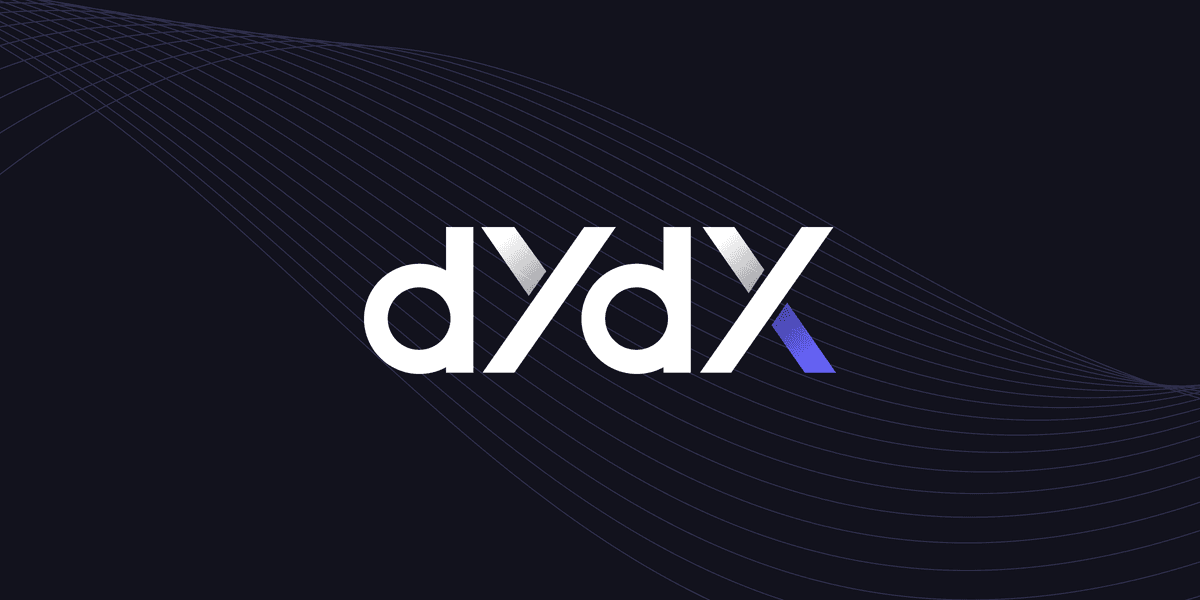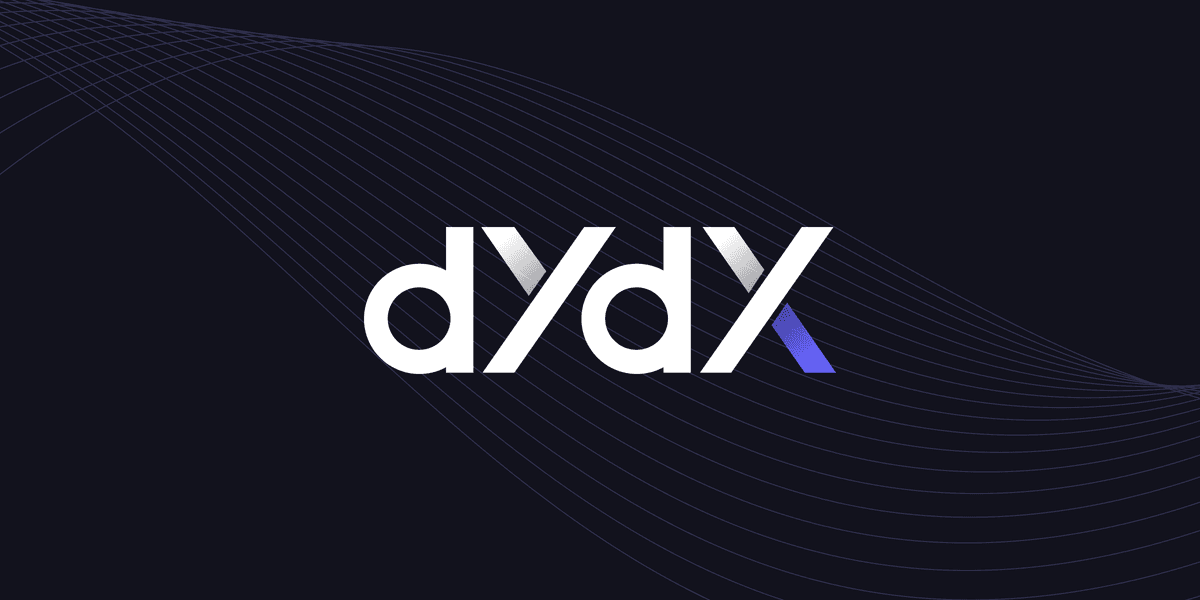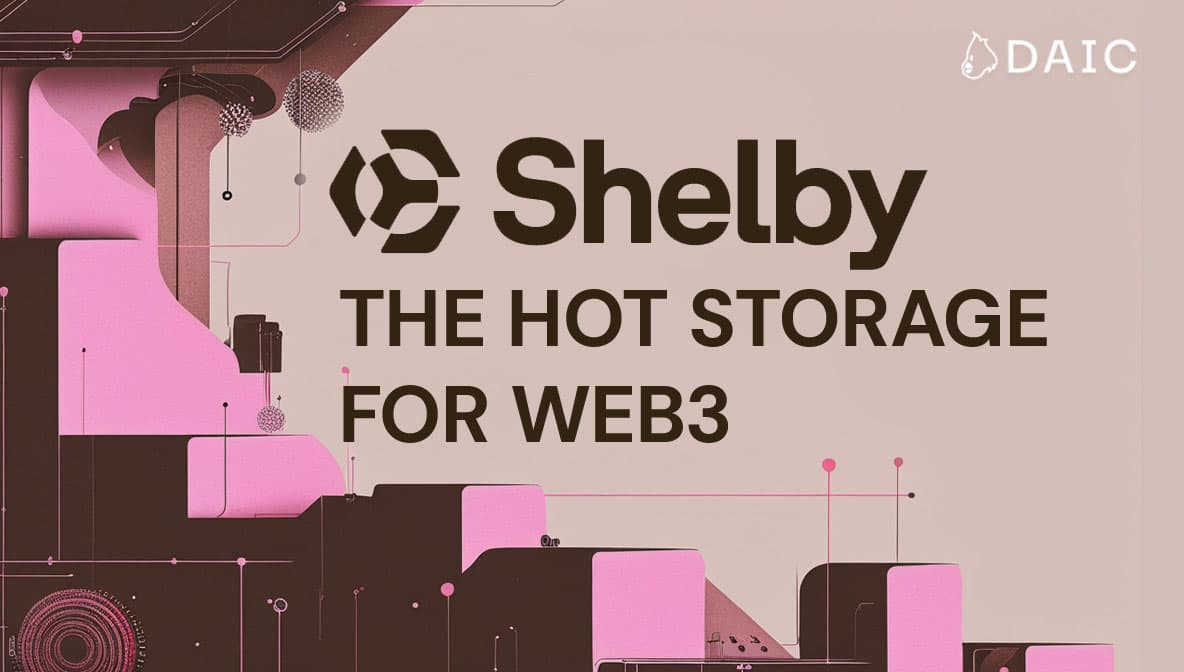Key Takeaways
- Perpetual Futures: dYdX is a decentralized exchange (DEX) focusing on perpetual futures, offering advanced tools for derivatives trading.
- Cosmos-Based Chain: It operates on a dedicated Cosmos-based chain (dYdX v4), improving scalability and decentralization.
- Non-Custodial Trading: Provides a fully decentralized, non-custodial trading experience with no KYC requirements.
- Low Trading Fees: Users benefit from minimal trading fees and liquidity incentives.
- Governance and Incentives: DYDX token holders participate in governance and earn rewards through staking and trading.
The Global Derivatives and Exchange Landscape
The global derivatives market is thought to be worth a staggering 1 quadrillion US according to some experts. This figure, however, is debated and could be greatly exaggerated.
Regardless, the global derivatives market makes up significantly more notional trading volume than all stock markets across the planet each year. This is one of the main reasons why dYdX founder Antonio Juliano chose to design the platform with a focus on derivatives.
For those unfamiliar, dYdX is a decentralized exchange (DEX) primarily focused on perpetual futures trading. Therefore, its focus is quite different compared to many DEX platforms in the industry, catering to traders of various skill-sets and experience levels.
Over the past several years, derivatives trading in crypto has become exceedingly popular, with various types of derivatives trading ideations and perpetual contract types gaining significant popularity. In fact, the average total derivatives trading volume on crypto exchanges far outways non-leveraged spot trading volume globally.
The problem is that most of this volume is captured by major centralized exchange (CEX) players like Binance, ByBit, OKX, BitGet, and others. Many believe that crypto needs another alternative that serves the best interests of the people instead of continually filling the pockets of wealthy centralized entities.
Notwithstanding, centralized exchanges are vital for the long-term health of the crypto industry, but they need stronger competition from highly performant, non-custodial, user-controlled exchanges. This is where dYdX and others come in.
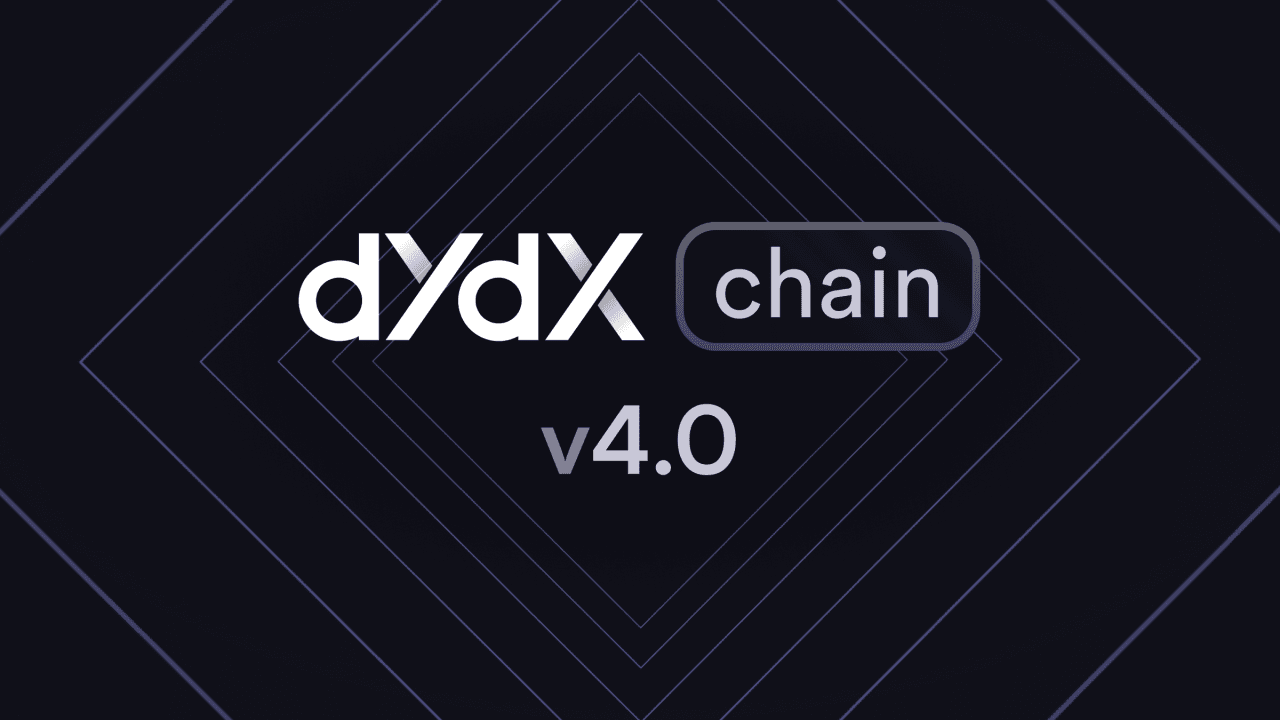
dYdX: Decentralized Non-Custodial Trading For All
To preface this analysis, we’ll start off by stating that the name dYdX comes from a well-known mathematical derivative equation: dy/dx, which is used to measure a function’s rate of change. In derivatives trading, highly volatile asset price fluctuation is the norm, with the rate of change for each asset type being constant.
Initially, it is important to understand that dYdX hosts two independent blockchains. These include:
dYdX Chain: dYdX Chain is the newly developed Cosmos blockchain that hosts the dYdX v4 exchange. The protocol makes use of the Cosmos SDK and is built to provide dYdX v4’s underlying infrastructure for the foreseeable future.
Starkware-dYdX Layer 2: The 2021-built Starkware Layer 2 hosts the previous version of the dYdX exchange, dYdX v3, and utilizes the underlying StarkEx scalability engine via StarkWare's zero-knowledge rollup (zkSTARK) privacy-preserving scaling technology.
More generally, dYdX v4 is fully open-source and collects user trading fees, which are then 100% distributed to dYdX stakers for contributing to the security of the dYdX Chain network. Additionally, v3 collects maker and taker fees when trades are placed, yet does not charge gas fees for trading although it still requires traders to pay gas to deposit or withdraw their assets. In addition to its desktop versions, dYdX Chain (supporting dYdX v4) has its own in-house iPhone iOS mobile application, with Android support to come in time.
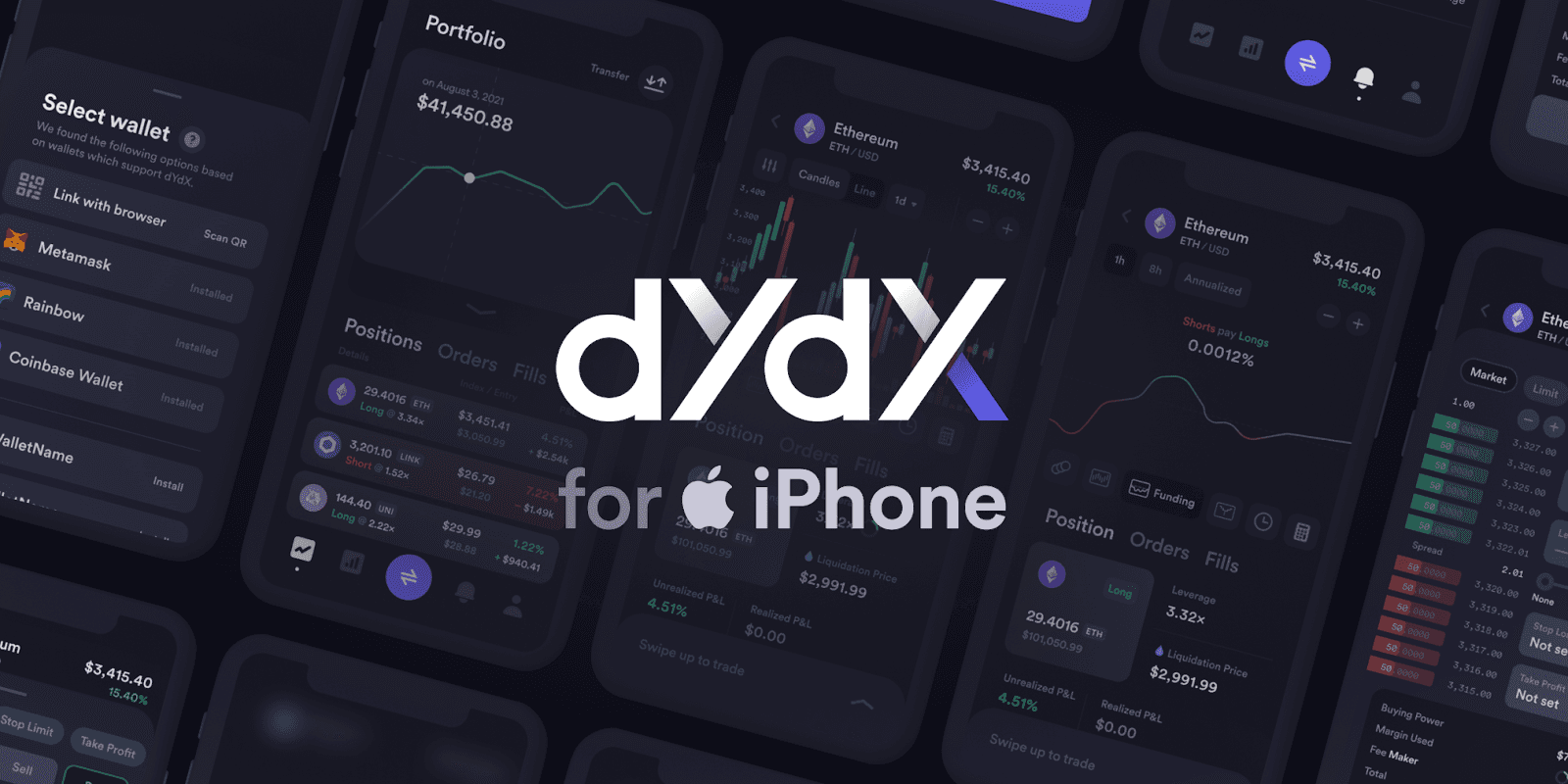
dYdX Chain is a Cosmos-specific blockchain built to provide the necessary software and infrastructure required to power the fourth version (dYdX v4) of its decentralized perpetual exchange. Like most Cosmos chains, dYdX Chain is built on the Cosmos SDK and utilizes CometBFT Proof of Stake (PoS) consensus (an improved version of Tendermint).
The native dYdX Cosmos chain is built to be open-source with fully decentralized architecture including its front-end, matching engine, orderbook, and consensus mechanism. The platform exhibits 2000 transactions per second (TPS), dramatically increasing speed and finality for trade execution.
If you'd like to learn more about the above characteristics and more, consider having a closer look at our technical architecture deep dive that also goes over the governance and economics of the dYdX project.
Some of the main features of dYdX include:
- Fast onboarding - dYdX is designed to exhibit a seamless user-onboarding experience that is super fast and straightforward, significantly decreasing the required time to begin trading. This includes a strong focus on user experience and interconnectivity with a vast range of fiat to crypto on-ramps, including integration with Coinbase, Circle. and Noble (the infrastructure provider chain for USDC on Cosmos).
- Self custodial - dYdX is fully non-custodial, meaning no KYC is required to use the service, while user’s hold their assets within a connected crypto wallet at all times during platform interaction, therefore eliminating the potential for asset seizure by a third-party.
- Numerous markets by offering trading accessibility to many of the best assets in the industry (with more being added regularly), dYdX allows users to buy, sell, and trade the tokens they want to speculate on most.
- Minimal trading fees - dYdX offers some of the lowest trading fees in the space, meaning users spend less of their hard-earned capital on fees and the like during platform interaction.
- Decentralized governance - all ecosystem governance is 100% user-controlled via a decentralized governance proposal and voting framework, meaning users are able to contribute to the changes the platform undergoes over time.
- User rewards - dYdX is designed to incentivize users of the platform by rewarding those that carry out trading and other activities. Generally, the higher the trading volume and trading frequency, the more rewards the user is given in return.
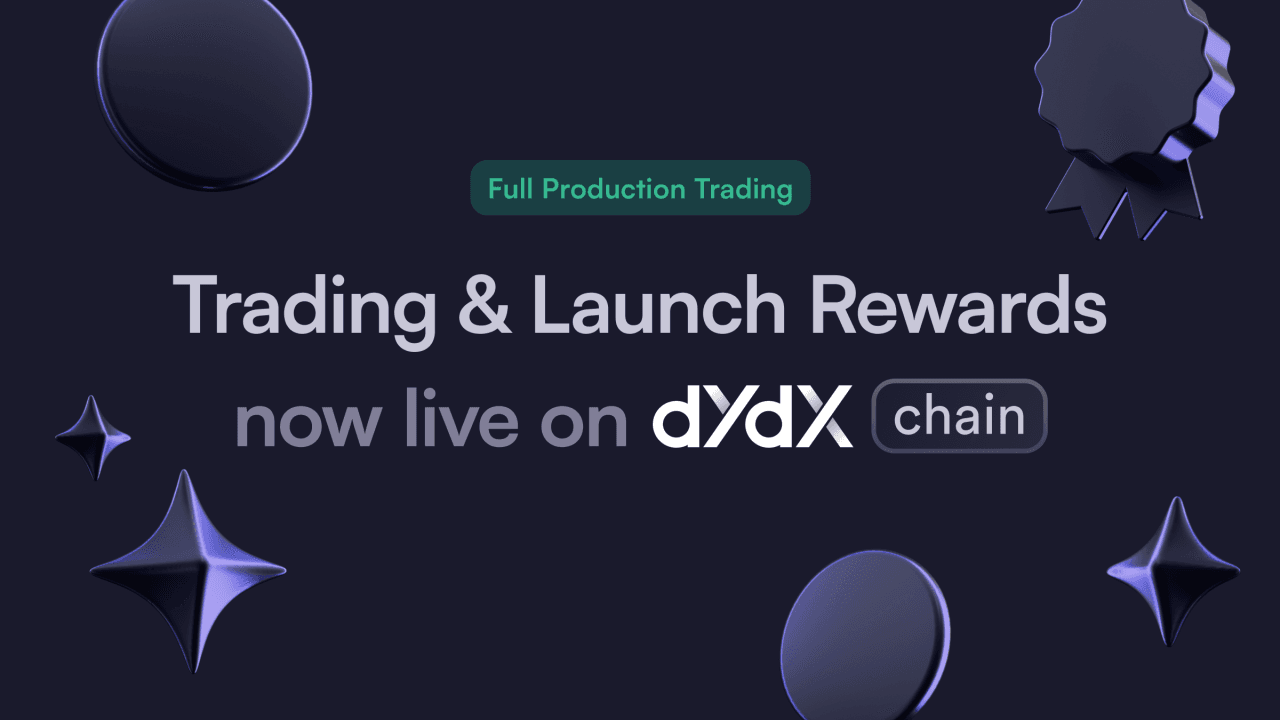
dYdX History and Founding
dYdX was solo founded by CEO Antonio Juliano on July 27th, 2017.
Antonio first entered the blockchain arena in 2015 and shortly thereafter worked at Coinbase as a software engineer between 2015 and 2016.
During his time at the exchange he noticed that there was a strong product-market fit for decentralized derivatives trading because of the increasing demand for related products in the crypto sector. Around that time, exchanges like Bitfinex and others offered margin trading. Knowing that financial markets evolve over time from spot → margin → derivatives, Juliano hypothesized that crypto would follow a similar trajectory.
Prior to his experience at Coinbase and the founding of dYdX, Antonio obtained his bachelor of science in computer science at Princeton University between 2011 and 2015. He also spent time as a software engineer at Uber and founded his own search engine startup in 2017 called Weipoint that was ultimately unsuccessful.

dYdX Team Evolution
After building the dYdX platform on his own for several months in 2017, Juliano hired dYdX’s first employees in early 2018. These included Brendan Chou (the current Head of Engineering), Zhuoxun Yin (previously Head of Operations, now the co-founder of Magic Eden), and software engineer Bryce Neal.
The team has grown significantly since the early days and now has a team of around 90 including those at the dYdX Foundation and the dYdX core team. The current dYdX leadership team consists of Research Lead Yang Wong, Chief Operating Officer George Zeng, Head of Finance Daniel Lian, Product Lead Corey Miller, Marketing Lead Nathan Cha, People Lead Lindsey Jenkins, Head of Talent and People Gian Raciti, Head of Policy Rashan Colbert, Chief of Staff Roselynn Chang, and Accounting Lead Charles Huang.
The Early Days of dYdX in 2018 and 2019
In 2018, the initial dYdX margin trading protocol was founded, unfortunately leaving much to be desired because of its complexity in some aspects and being too general in others despite the company pioneering both flash loans and DEX aggregators. In September 2018, the dYdX team launched Expo, a trading application that could be used to buy leveraged tokens.
In 2019, dYdX launched Solo, the second version of the dYdX margin trading platform. Then in April 2019, the team launched a new margin exchange that also supported lending and borrowing functionality as well as a more advanced asset and positioning management system. Finally, in September 2019, the dYdX team launched its first in-house orderbook using an off-chain matching system.
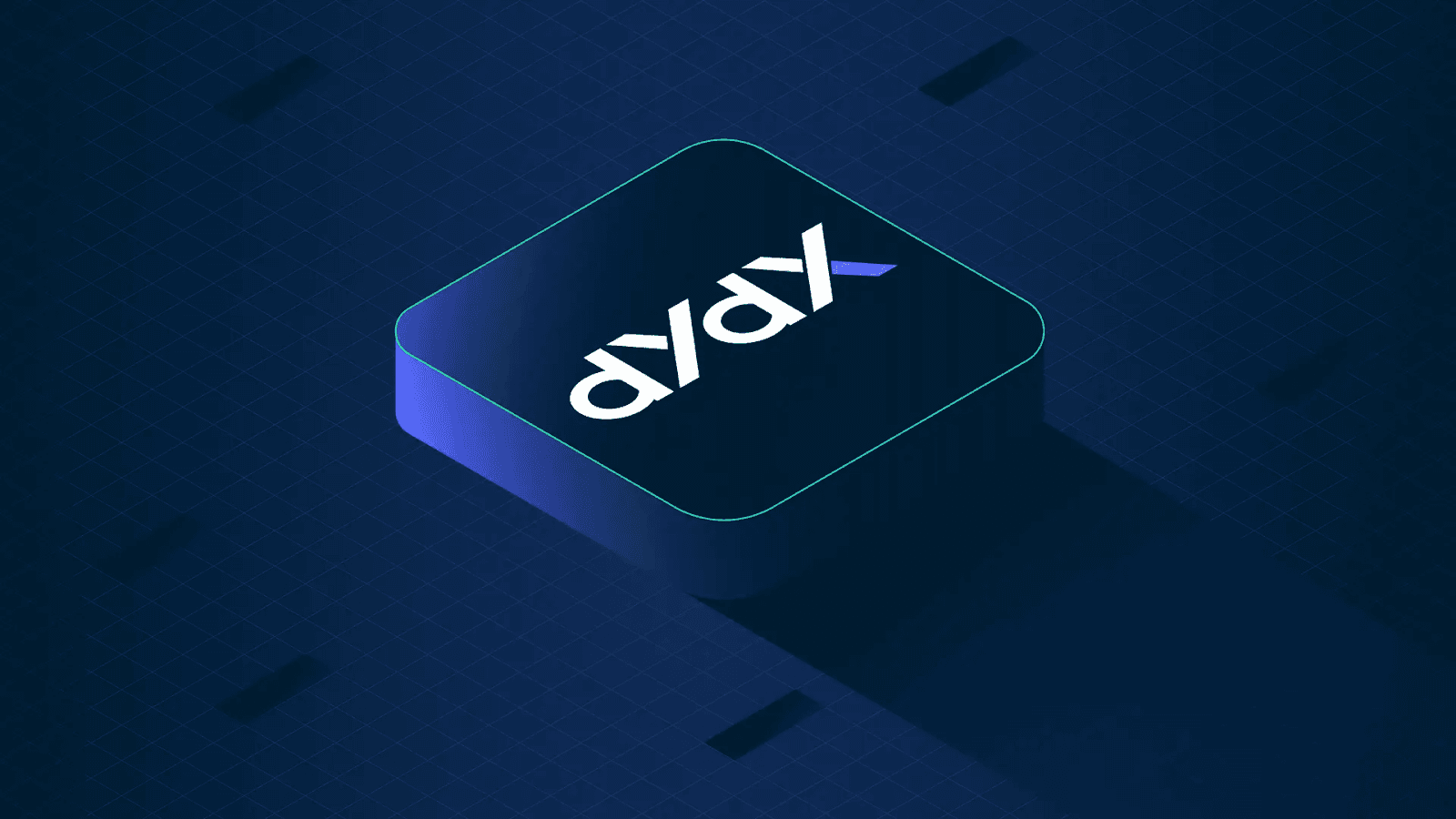
The Rise of DeFi Summer and dYdX Challenges
During April 2020, the project launched a perpetual contract marketplace for bitcoin (BTC), with ether (ETH) and chainlink (LINK) following soon afterwards. The decision to venture into perpetuals for the first time was driven by the exponential increase in trading volume on Bitmex who had recently surpassed Bitfinex and others in volume, largely because of leveraged perpetual trading.
In early 2020, dYdX was the largest DEX by volume by a significant margin, even approaching 50% of the market at times. The start of DeFi Summer changed this. The phenomena was largely realized through Compound’s exponential rise as the pioneer of yield farming, amazingly leading to a 100X increase in the protocol’s total value locked (TVL) overnight.
This in turn led to a dramatic increase in the number of DeFi protocols and DeFi tokens being launched. Naturally, crypto traders wanted to speculate on these new DeFi tokens with the hopes of making a quick buck. Not too long after, Uniswap was born and seized this opportunity in a big way, being that they were able to add new markets to their platform extremely quickly when compared to their competitors.
Unfortunately for dYdX, this led to an insane 100x increase in adoption and trading volume on Uniswap practically overnight. Because of this fact, dYdX was unable to add new markets and was left with only 3 in total, with Uniswap possessing hundreds. This was a major factor that contributed to dYdX’s total trading volume market share being diminished from 50% to less than 0.5% in a matter of weeks.
Because of the dramatic rise in the number of DeFi tokens being traded and farmed on Uniswap, Compound, and others, Ethereum transaction fees went through the roof. Though difficult to comprehend, this massive increase in Ethereum DeFi activity meant that gas fees on the network increased 100- to 1000-fold.
If you're curious to learn more about the differences between dYdX and Uniswap, feel free to read our third article that presents a comparative analysis between different exchanges and also dives deeper into the future of dYdX and the dYdX ecosystem.
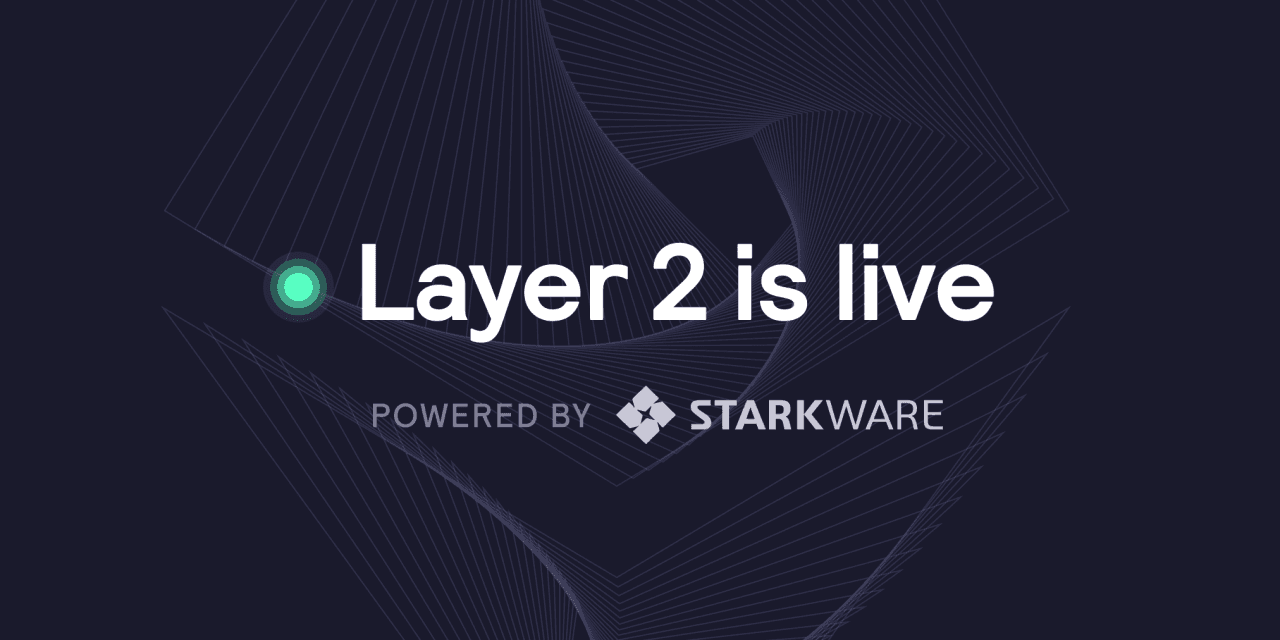
The Pivot and the 2021 Starkware Partnership
Prior to the commencement of DeFi summer, trading fees on dYdX amounted to a few cents per trade, with the dYdX team covering the costs. However, with the incredible increase in DeFi activity on Ethereum, trading feeds quickly shot up to around $100 per trade, meaning that on some days dYdX was losing tens of thousands just to cover the gas fees required to execute trades.
This was cause for grave concern and the company was losing money extremely quickly, meaning that if things continued on their current trajectory, they would be out of money in 9 months. To combat this issue, dYdX raised their minimum position size to $10,000 and soon initiated a flat trading fee proportional to the gas fees required per trade (meaning users were required to pay $100 + an additional fee per trade).
This dramatically affected overall usage and volume plummeted significantly. Unfortunately, this was thought to be the end of the line for dYdX. To help solve this problem the team acted quickly, first by asking their previous supporters at a16z, Polychain, and Paradigm to help finance an additional funding round. They were denied, but luckily they were able to come to terms on a Series B round for 10 million led by Three Arrows Capital (who no longer exist).
Upon closing the round, the dYdX team set out a plan to rebuild the platform from the ground up by building an exchange that would eliminate high Ethereum L1 gas fees once and for all. They considered many options including Starkware, NEAR, Solana, and even building their own optimistic rollup (OR) Layer 2, but settled on Starkware because of its high throughput, low latency, production readiness, and simple approach to on and offboarding from Ethereum.
From onset, the Starkware build was planned at approximately 3 months, but took 7 to complete. The Layer 2 protocol launched in April 2021 and represented a new era for dYdX. The increased throughput was perfectly tailored for a decentralized exchange and allowed the platform to switch to cross margining, enabling multiple positions to be collateralized within one margin account. More importantly, the new protocol allowed dYdX to dramatically increase liquidity. As of April 2024, the exchange offers more than 62 markets up from just 3 initially.
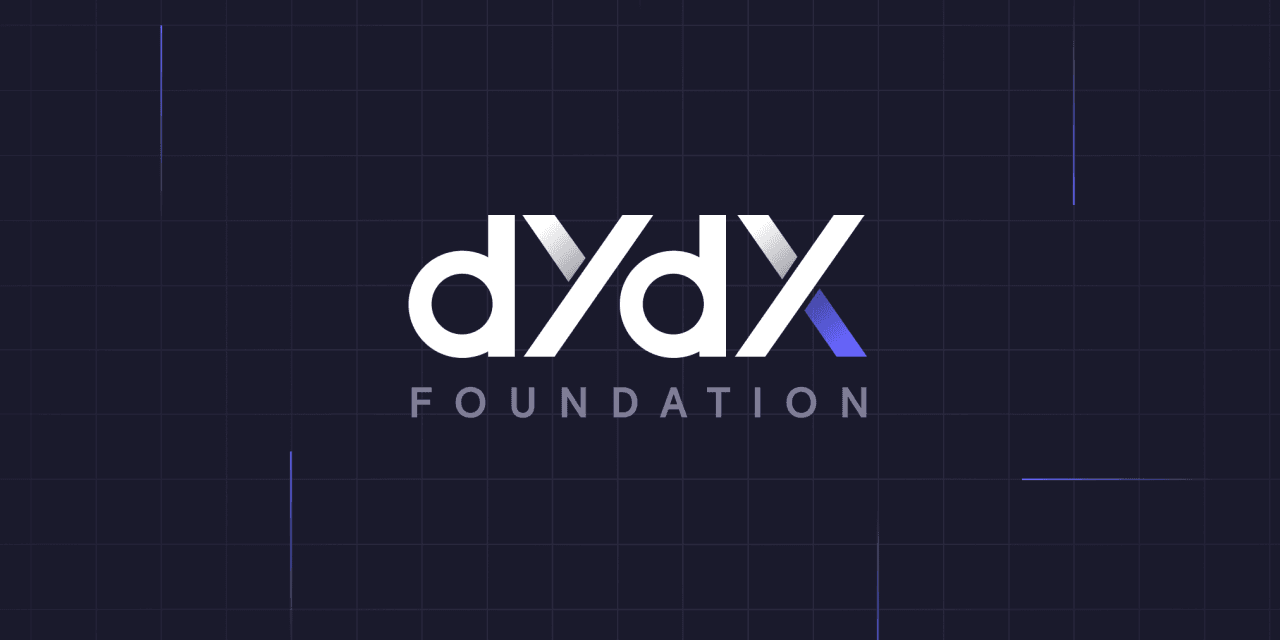
dYdX Foundation Inception and DYDX Token Launch
The dYdX Foundation officially launched on August 3rd, 2021 in Zug, Switzerland, the same day the ERC-20 ethDYDX token launched.
This represented a new chapter in the project’s evolution because it initiated the creation of a non-profit entity to act as a steward to ensure the integrity of dYdX long-term. More specifically, the dYdX Foundation was created to:
- Support and finance research and development projects and activities
- Promote and educate the public on the dYdX ecosystem and both dYdX blockchains
- Issue, receive, hold, and spend digital assets (for non-speculative purposes)
- Issue DYDX governance tokens and deploy governance smart contracts
- Take part in third-party engagement activities with various businesses, partners, banks, regulators, authorities, and others to benefit the dYdX ecosystem
- Facilitate the distribution of received contributions and engage in company participation
- Acquire, grant, and hold copyrights, trademarks, and other intellectual property rights or licenses
- Arrange conferences and other events that promote and support the dYdX ecosystem and both dYdX chains
- Conduct and promote all business, transactions, and processes that will allow the above focus areas to be realized on an indefinite basis moving forward
In addition to the creation of the dYdX Foundation, the launch of the DYDX token was designed to help shape the trajectory of the dYdX protocol in the following ways:
- Perpetual's users (both traders and liquidity providers) would be given liquidity mining rewards for their loyalty to the platform based on their usage
- Retroactive mining rewards would be distributed to past users of the dYdX protocols
- A newly founded governance product became accessible via the dydx.community website
- Users would be rewarded in USDC through a newly created liquidity staking pool
- DYDX stakers would be able to earn rewards for securing the protocol via the safety staking pool
- Users would be eligible to receive trading fee discounts based on their DYDX holdings
The Initial Development of dYdX Chain and Present Day
In June 2022, during the depths of the bear market, dYdX announced they would be building their own exchange-specific open-source blockchain via the Cosmos SDK.
This would allow the platform to become interoperate with the greater Cosmos ecosystem and all blockchains within the Cosmos via the Inter-Blockchain Communication (IBC) Protocol, while utilizing the highly-scalable low-latency design of the newest iteration of Tendermint, CometBFT.
This major announcement marked a significant turning point for dYdX because it would allow the exchange to leverage a fully decentralized off-chain orderbook and matching engine that could scale exponentially higher than any chain in the marketplace. This design showcased the complete decentralization, scalability, and customizability made possible via the Cosmos SDK.
On October 26th, 2023 the first validators went live on dYdX Chain and the network became fully operational. Finally on November 28th, through a community vote, the production-ready version of the v4 exchange replaced its beta version and launched for the first time, enabling full trading and user incentives, thus ushering in a new era for dYdX. Soon thereafter, trading volume increased exponentially, with the platform regularly trading between 500 million and 1 billion per day.
Resources
The information provided by DAIC, including but not limited to research, analysis, data, or other content, is offered solely for informational purposes and does not constitute investment advice, financial advice, trading advice, or any other type of advice. DAIC does not recommend the purchase, sale, or holding of any cryptocurrency or other investment.
